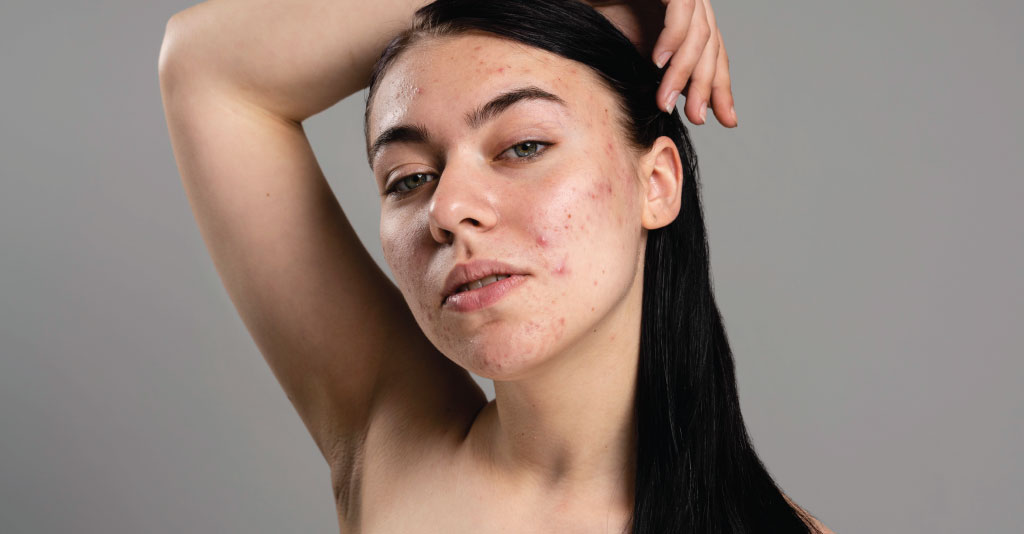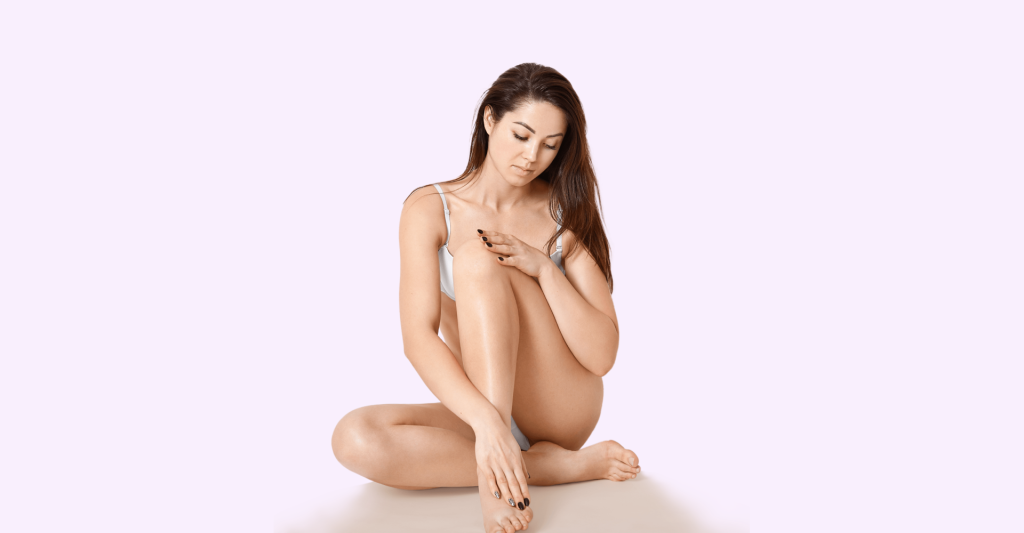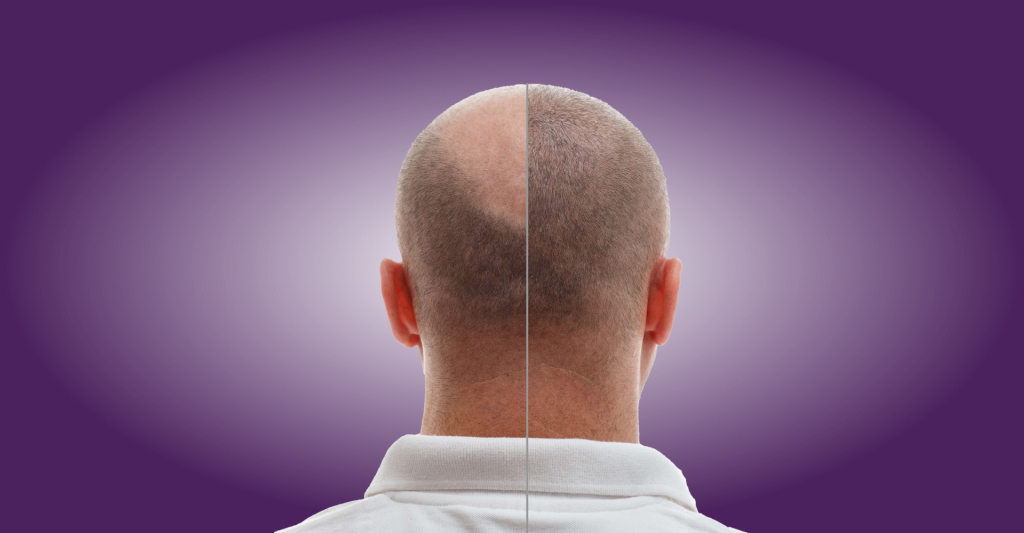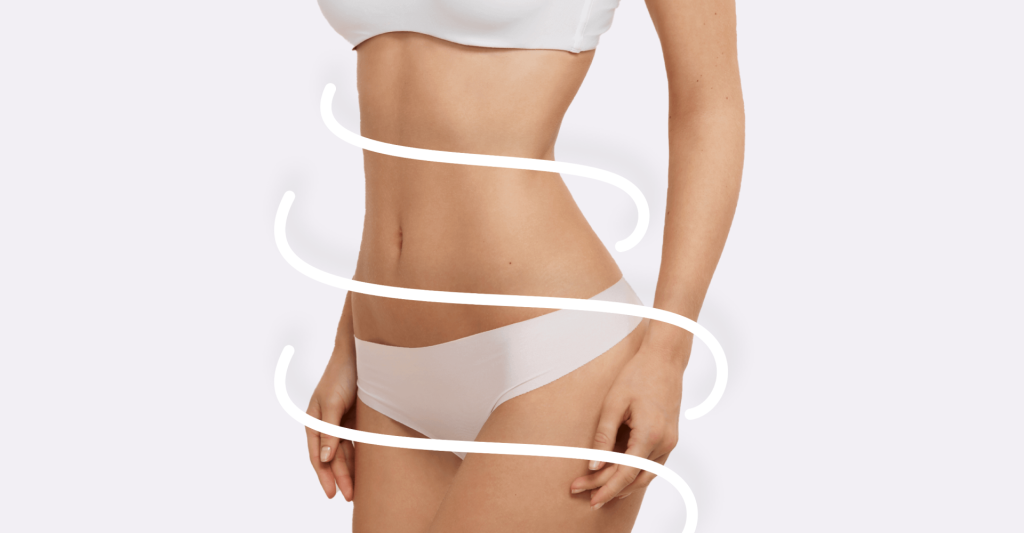Acne-prone skin can be frustrating and challenging to manage, but with the right skincare routine, you can effectively address and minimize breakouts. Understanding your skin type and its specific needs is the first step towards achieving clearer, healthier skin. In tqhis blog, we’ll explore how to identify acne-prone skin and create a personalized skincare routine tailored to its requirements.
Identifying Acne-Prone Skin:
Acne-prone skin is characterized by the presence of frequent breakouts, including pimples, blackheads, whiteheads, and cysts. Excess oil production, enlarged pores, and inflammation may also accompany it. Identifying whether you have acne-prone skin involves observing your skin’s behavior and paying attention to certain signs:
Frequent Breakouts: Acne-prone skin tends to experience regular breakouts, which can occur on various parts of the face, neck, chest, and back.
Excess Oiliness: If your skin appears shiny or greasy, especially in the T-zone (forehead, nose, and chin), it may indicate excess oil production, a common characteristic of acne-prone skin.
Enlarged Pores: Acne-prone skin often has visibly enlarged pores due to the accumulation of oil, debris, and dead skin cells, making it more prone to clogging and breakouts.
Inflammation: Redness, swelling, and tenderness are common signs of inflammation associated with acne-prone skin, particularly around active breakouts.
What is the best routine for acne-prone skin?
Building an effective acne-prone skincare routine for acne-prone skin involves a combination of gentle cleansing, targeted treatments, and adequate hydration. The best routine for acne-prone skin typically involves a combination of gentle cleansing, targeted treatments, adequate hydration, and sun protection. Here’s a step-by-step guide to help you create the perfect routine:
Cleansing:
- Use a gentle, non-comedogenic cleanser twice daily to remove dirt, oil, and impurities without stripping the skin’s natural moisture barrier.
- Look for ingredients like salicylic acid, benzoyl peroxide, or glycolic acid, which help unclog pores and prevent breakouts.
Exfoliation:
- Incorporate a chemical exfoliant, such as a BHA (beta hydroxy acid) or AHA (alpha hydroxy acid), into your routine 2-3 times a week to remove dead skin cells and prevent pore congestion.
- Avoid harsh physical exfoliants, as they can irritate the skin and exacerbate acne.
Treatment:
- Use targeted acne treatments, such as spot treatments or serums containing ingredients like benzoyl peroxide, salicylic acid, or retinoids, to address active breakouts and prevent new ones from forming.
- Be consistent with your treatment products and allow sufficient time for them to work before expecting results.
Moisturizing:
- Choose a lightweight, oil-free moisturizer formulated specifically for acne-prone skin to hydrate and nourish without clogging pores.
- Hydration is essential for maintaining skin health and balance, even for oily or acne-prone skin types.
Sun Protection:
- Apply a broad-spectrum sunscreen with an SPF of 30 or higher every morning, regardless of the weather, to protect your skin from harmful UV rays.
- Look for oil-free or non-comedogenic formulas to avoid further congestion of the pores.
Lifestyle Factors:
- Maintain a healthy lifestyle by eating a balanced diet, staying hydrated, managing stress levels, and getting adequate sleep, as these factors can influence the overall health of your skin.
How do I choose skincare for acne-prone skin?
Choose non-comedogenic solutions that address a variety of acne-related skin issues, including post-acne blemishes, enlarged pores, and uneven skin texture. Use skincare products created for each time of day, such as daytime and nighttime face moisturizers, to care for your skin both throughout the day and at night.
How can I identify my skin type?
If your skin is shiny overall, you most likely have oily skin. You probably have dry skin if it feels tight, flaky, or scaly. If the shine just appears in your T-zone, you most likely have mixed skin. You probably have typical skin if your skin feels nourished and comfy but not oily.
How to build a skincare routine for combination acne-prone skin?
If your skin is shiny overall, you most likely have oily skin. You probably have dry skin if it feels tight, flaky, or scaly. If the shine just appears in your T-zone, you most likely have mixed skin. You probably have typical skin if your skin feels nourished and comfy but not oily.
Is vitamin C good for combination acne-prone skin?
Most vitamin C serums are considered safe for all skin types, including both acne-prone and oily skin. You can use them daily on a long-term basis. To reduce oil production, you might also want to consider adding other acne-fighting products into your routine, like Software’s Salicylic Acid Foaming Wash.
Which type of moisturizer is best for combination acne-prone skin?
Acne-prone skin responds well to moisturizers with SPF and moisturizers containing glycerin, salicylic acid, hyaluronic acid, sulfur, and tea tree oil.
Conclusion:
Creating the right skincare routine for acne-prone skin requires patience, consistency, and a good understanding of your skin’s unique needs. You can effectively manage breakouts and achieve clearer, healthier skin over time by identifying the signs of acne-prone skin and incorporating targeted products and practices into your daily routine. Remember to consult with a dermatologist if you have persistent or severe acne concerns for personalized advice and treatment options.
By following these tips and selecting skincare products tailored to your acne-prone skin’s needs, you can effectively manage breakouts and achieve clearer, healthier skin over time. Remember to be patient and consistent with your skincare routine, as it may take time to see significant improvements. For more details, visit us at Sasha Luxe.













